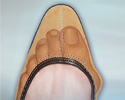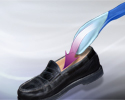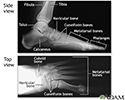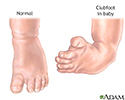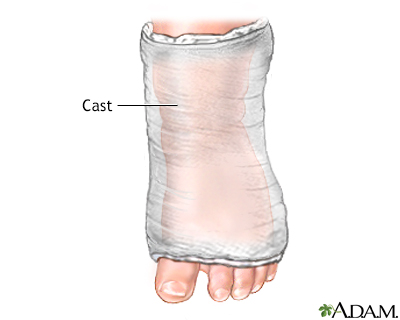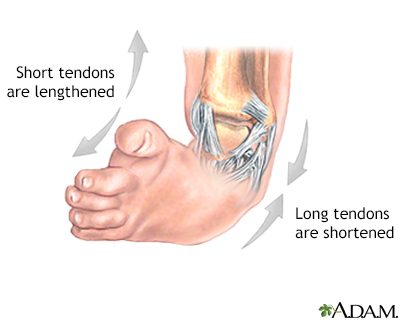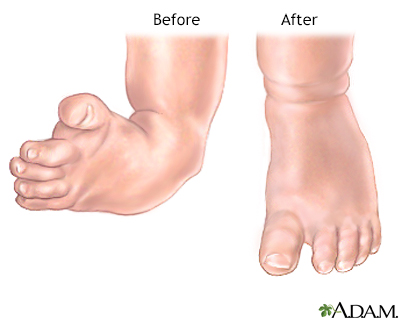Foot pain
Pain - footPain or discomfort can be felt anywhere in the foot. You may have pain in the heel, toes, arch, instep, or bottom of foot (sole).
The Basics
A Closer Look
Foot pain - Animation
Foot pain
Animation
Heel pain - Animation
Heel pain
Animation
Normal foot x-ray
Along with questions of your medical history, your doctor may need to take x-rays of your foot to help aid in making a diagnosis to determine the cause of your foot pain. If the foot is broken it will be put into a cast. Toes that are broken are taped.
Normal foot x-ray
illustration
Clubfoot repair - series
Presentation
Normal foot x-ray
Along with questions of your medical history, your doctor may need to take x-rays of your foot to help aid in making a diagnosis to determine the cause of your foot pain. If the foot is broken it will be put into a cast. Toes that are broken are taped.
Normal foot x-ray
illustration
Clubfoot repair - series
Presentation
Foot pain
Pain - footPain or discomfort can be felt anywhere in the foot. You may have pain in the heel, toes, arch, instep, or bottom of foot (sole).
The Basics
A Closer Look
Foot pain
Pain - footPain or discomfort can be felt anywhere in the foot. You may have pain in the heel, toes, arch, instep, or bottom of foot (sole).
The Basics
A Closer Look
Review Date: 6/8/2022
Reviewed By: C. Benjamin Ma, MD, Professor, Chief, Sports Medicine and Shoulder Service, UCSF Department of Orthopaedic Surgery, San Francisco, CA. Also reviewed by David C. Dugdale, MD, Medical Director, Brenda Conaway, Editorial Director, and the A.D.A.M. Editorial team.

